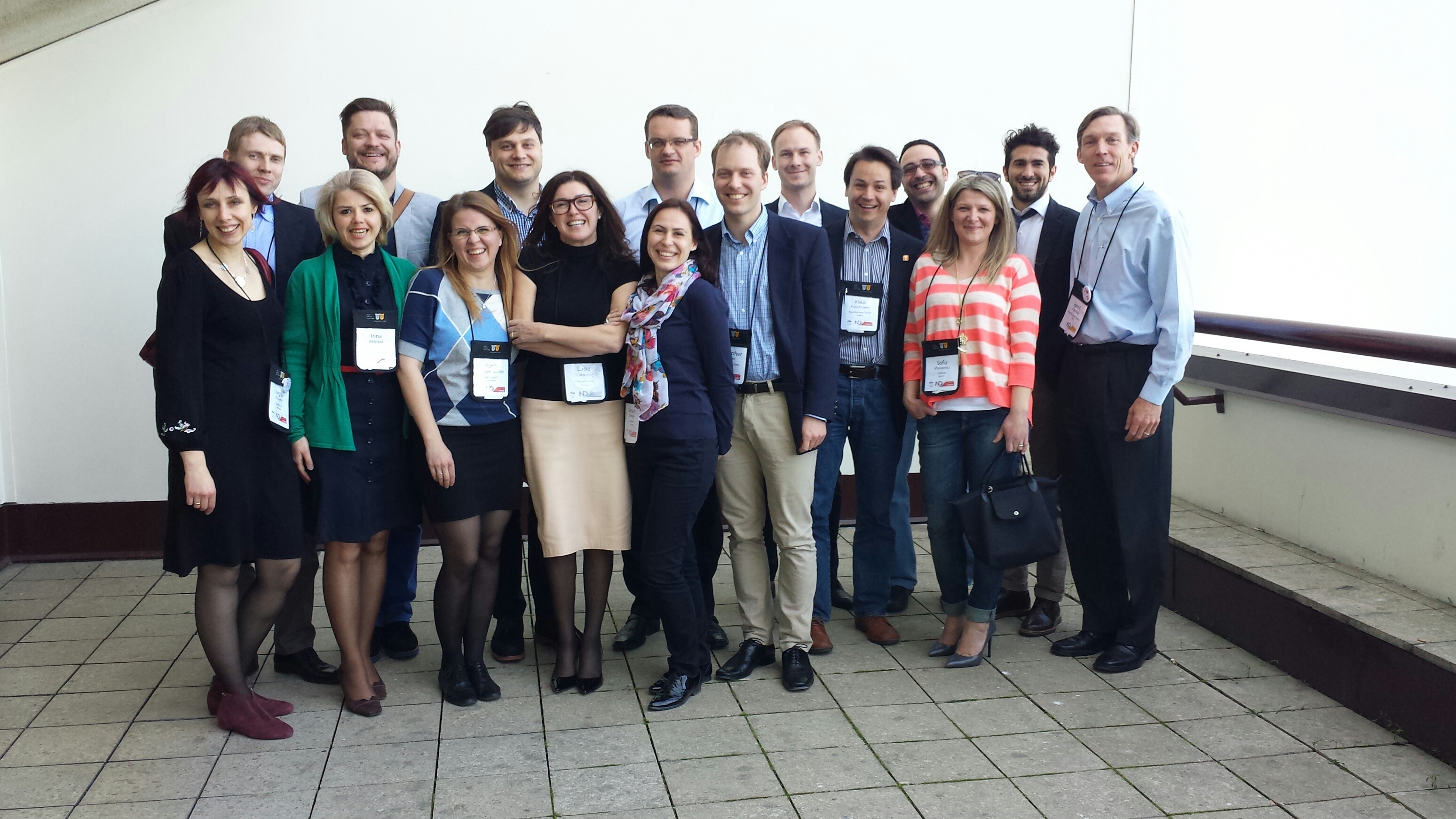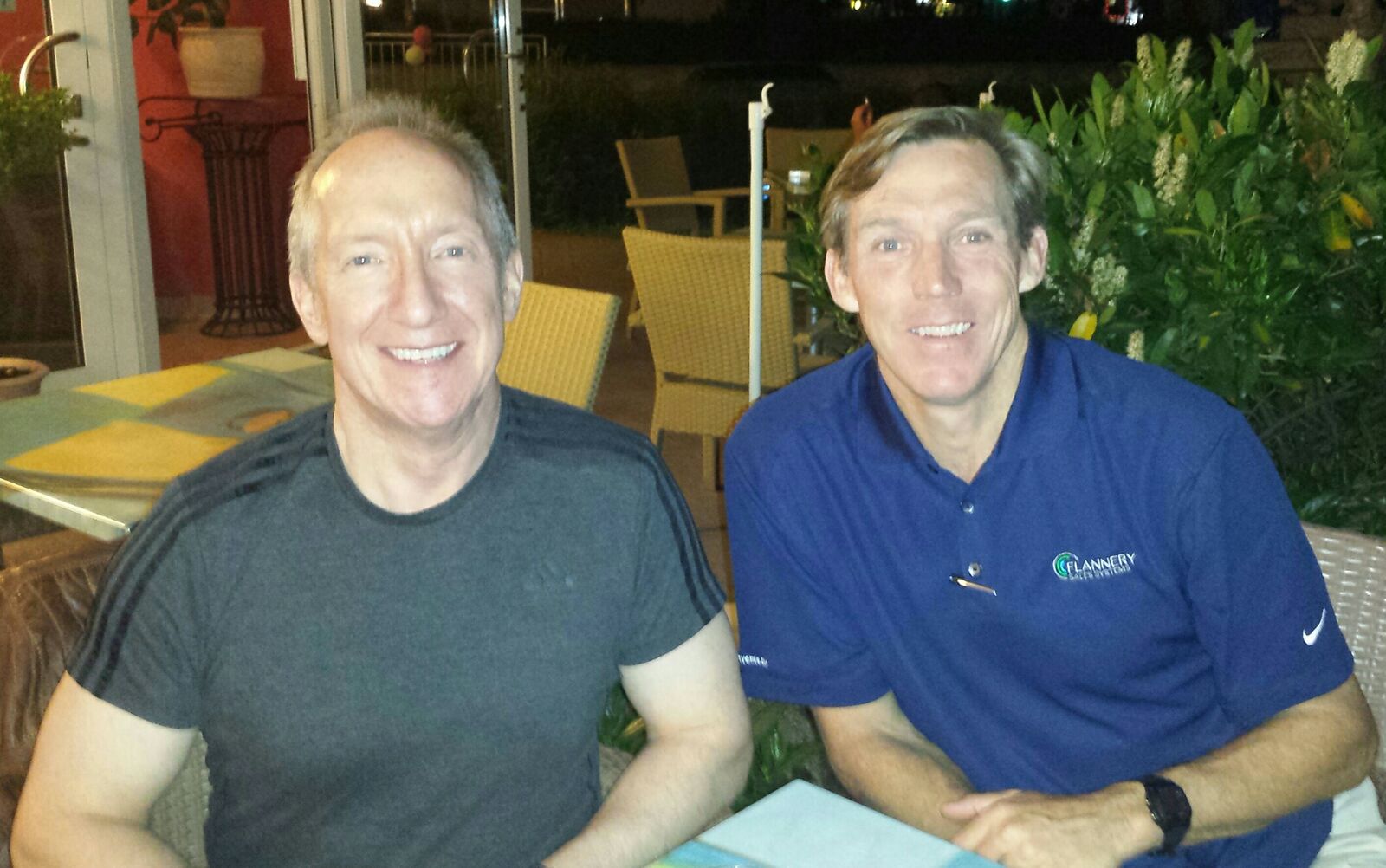*A guest article by FSS colleague and friend Tom Martin.
What is the best approach to coaching sales reps to improve their selling skills? Why of course the answer is … it depends!
To help guide better managers on how to coach their teams I’ll spell out a few points to consider and include a simple framework that can be adapted for use in many situations.
Similar to a sales conversation, it is always a good idea to understand the current environment, the problems caused by it, and your desired future state. Following are some items to consider.
What style learners do you have? The generation of the seller (GenX, Milennial, etc) is often used as a proxy for guidance. Some members of your team will learn best by doing role plays, others will need to receive “just in time” coaching in the field, immediately following a sales call.
As I have heard John Flannery say in a workshop, “People are best convinced by reasons they themselves discover.” Similar to client conversations, coaching conversations are usually best when they include great questions to help a seller understand where they need to change their behaviors.
Microlearning is a popular topic in the Training & Development world. Selling skills can’t typically be trained and coached in a single interaction. Instead, consider how you can provide snippets of coaching to help your sellers learn. Include some topics in a weekly team call; send weekly tips that reinforce concepts learned in the last live training session; etc.
Coach to what is most important to your company. Consider the overall business objectives or key initiatives for the company to guide your coaching. Is “decreasing ramp time of new hires” a top 3 item? If so focus your new hire coaching on the specific skills and behaviors needed to be productive members of your sales society.
These ideas, and the hundreds of others that can help, can get overwhelming and lead to Random Acts of Coaching. To help drive some order out of the chaos the best approach is typically to follow a coaching system that can help organize your thoughts. Find a system that works for you and violently implement it!
Here are some key elements in a relatively simple system that I use:
- Behaviors
- Model
- Approach
- Cadence
Behaviors: Focus your coaching on the behaviors that support the Skills you want to put in place. For example “asking great discovery questions” is a behavior that supports selling skills like prospecting, negotiating, and closing.
Model: When coaching behaviors consider the matrix of whether they are capable of doing it, and do they want to. Sometimes called Commitment & Competence, or often Skill & Will in coaching parlance.
Approach: Screaming at the scoreboard doesn’t yield great results. Instead you should ask people how they think they should be doing things, potentially show them a better way, observe them trying to do it, and then give them feedback (Ask-Show-Observe-Feedback).
Cadence: With so many tasks to focus on, the best coaches have a regular rhythm around what and when they will be coaching (and doing the rest of their management duties).
For additional insights on coaching be sure to read other posts by Flannery Sales Systems like Are You a Great Sales Coach?






